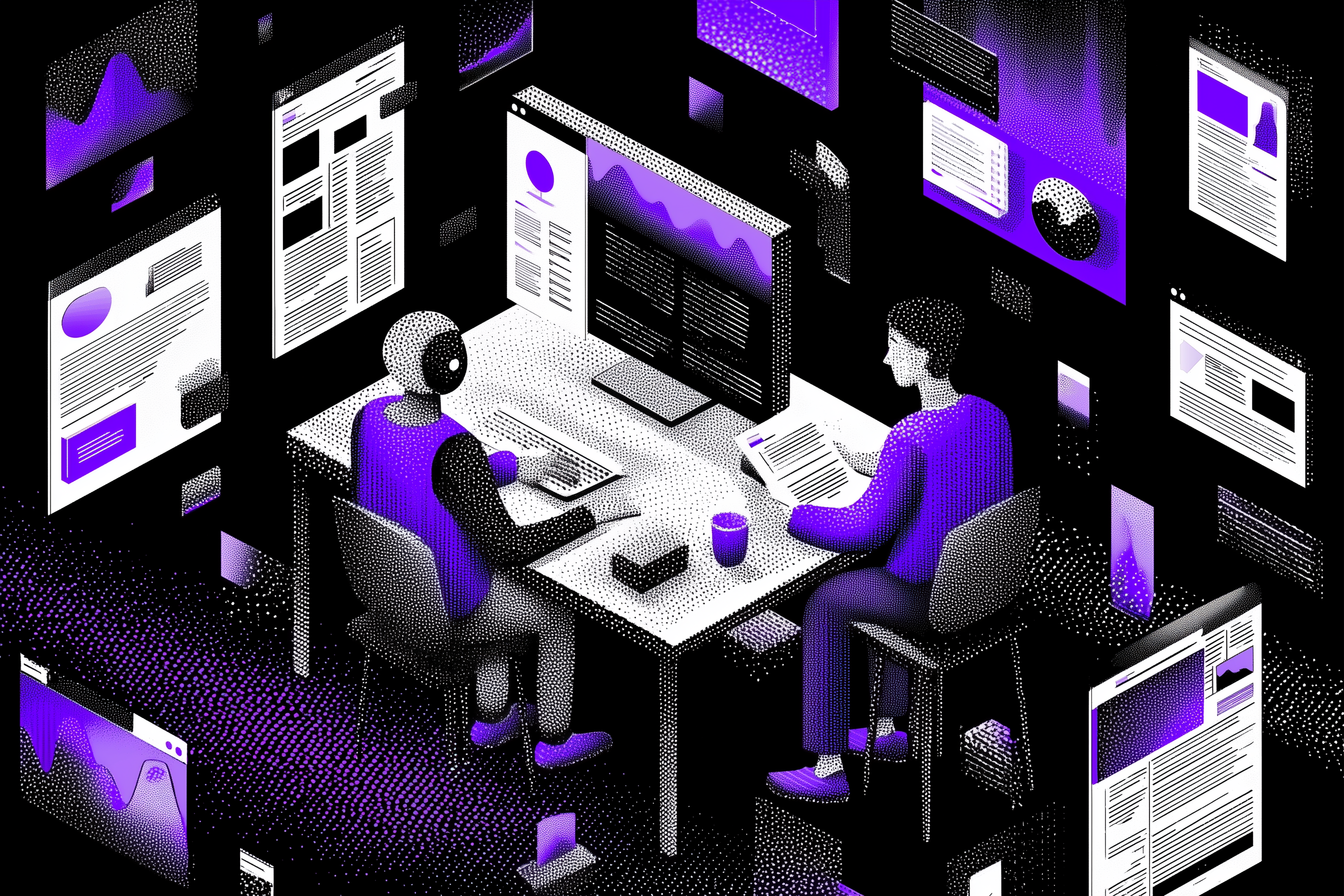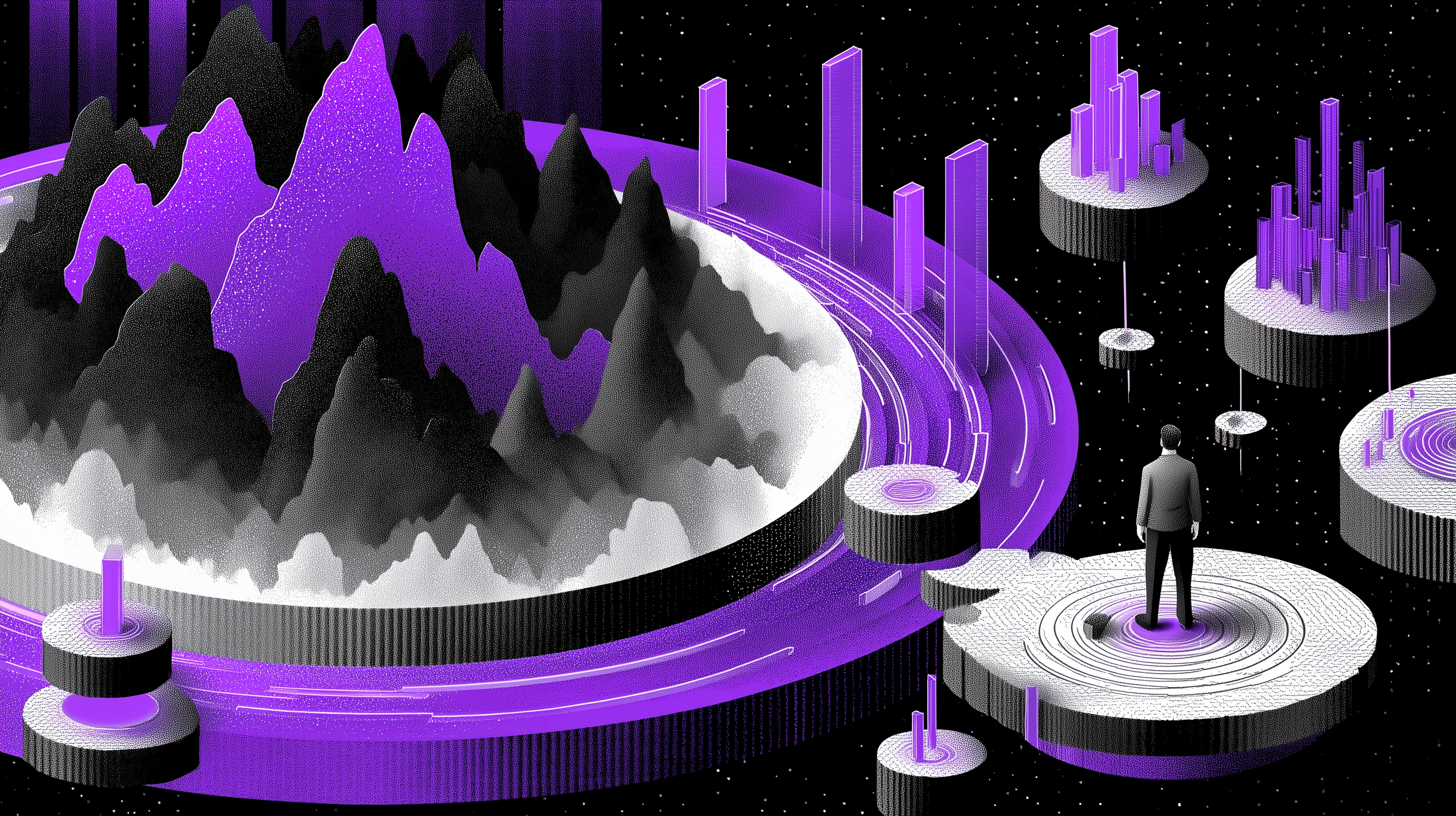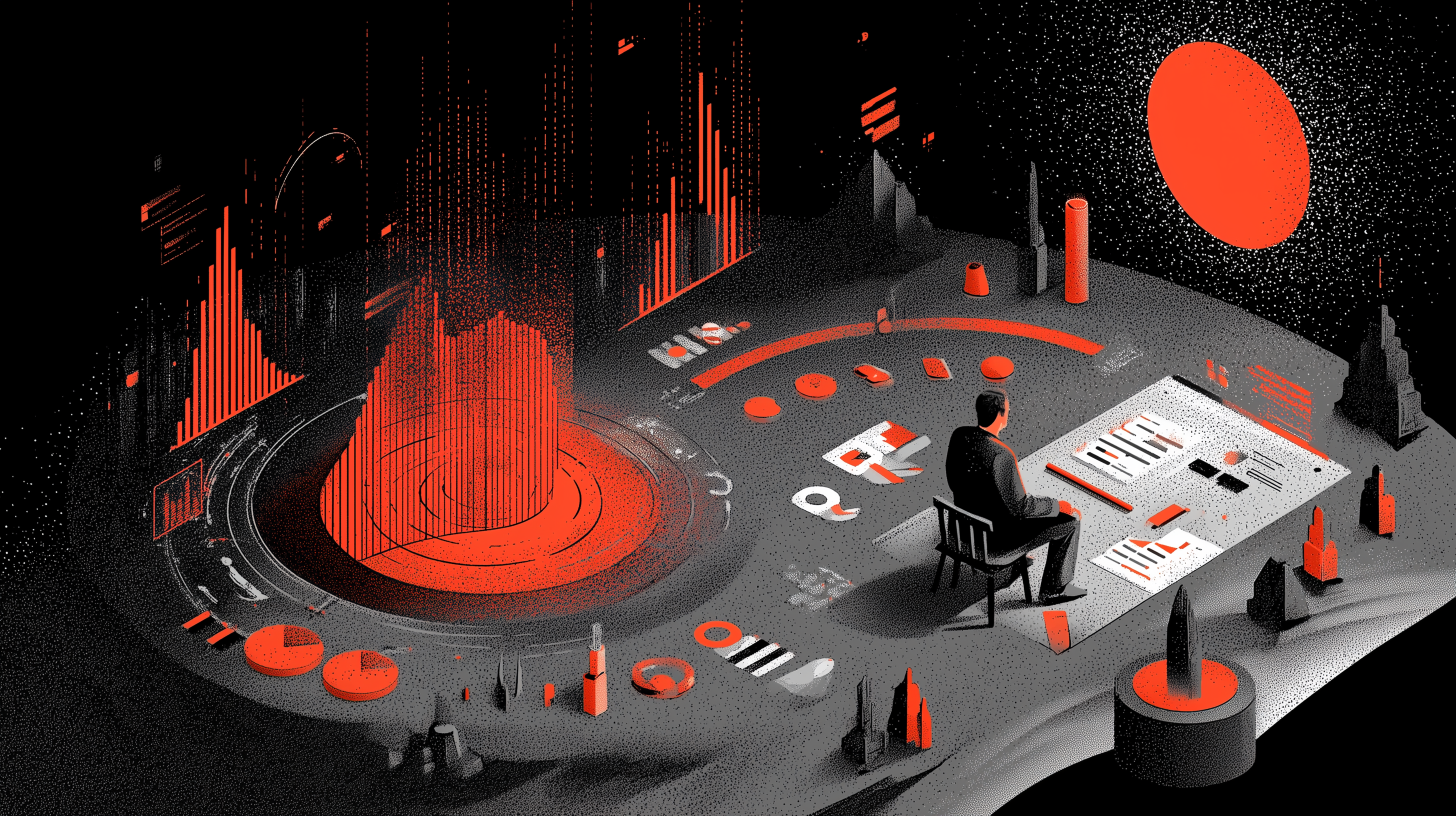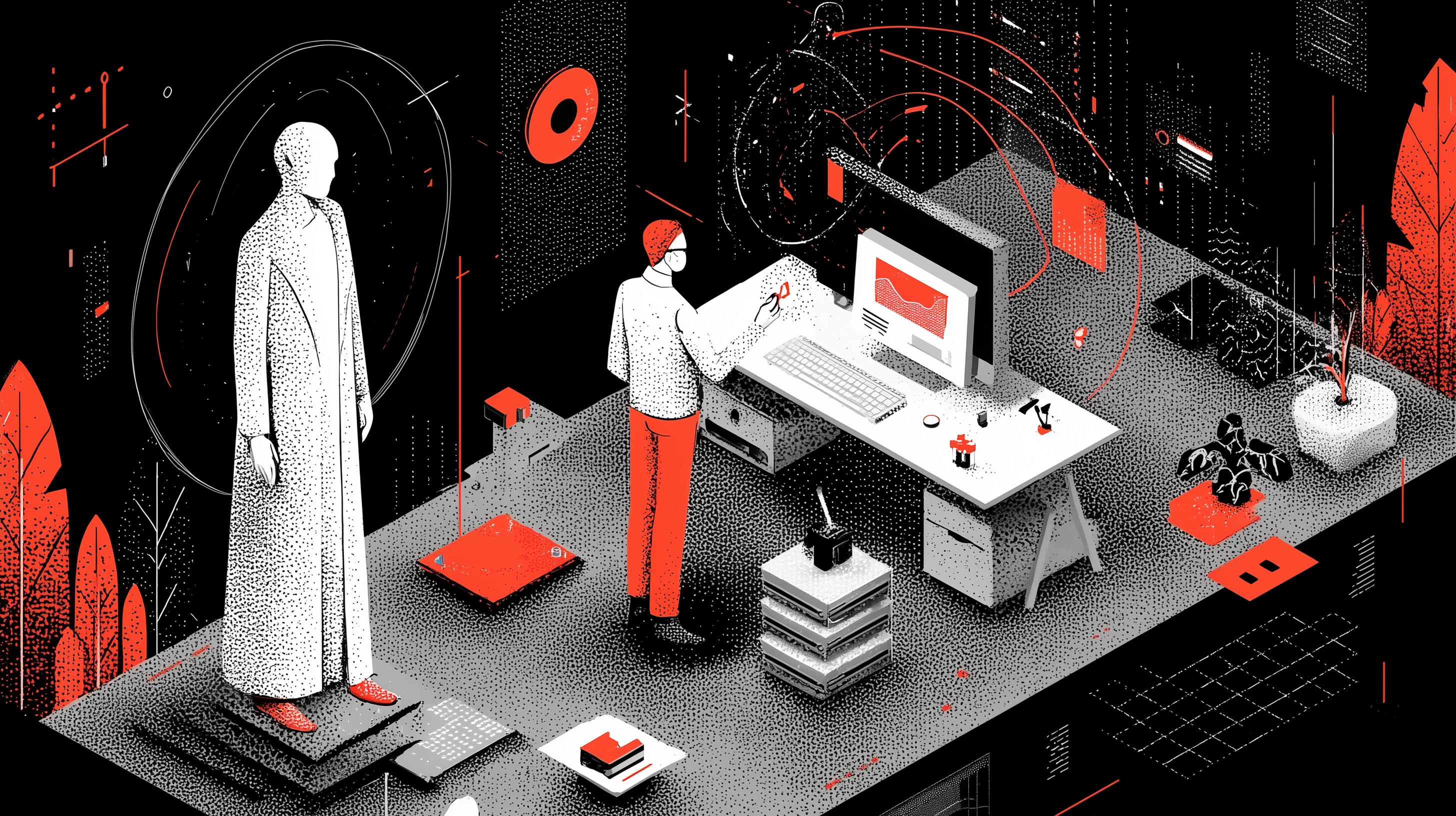AI and Multichannel Asset Production: Reducing Costs, Boosting Creativity

Discover how AI optimizes the production of multichannel assets by reducing costs while strengthening creativity and performance.
In 2025, marketing departments are facing an unprecedented challenge: producing ever more assets adapted to a multitude of channels, all while adhering to tight budgets. According to McKinsey, 78% of organizations are already using AI in at least one business function (including marketing and sales) and consider this technology essential for their competitiveness. (State of AI 2025 McKinsey).
Far from replacing human creativity, AI is establishing itself as a strategic co-pilot: it helps reduce operational costs, streamline workflows, and boost creativity by freeing up time for strategic thinking. This article explores how AI is transforming multichannel asset production and why it represents a major opportunity for brands.
Understanding Multichannel Asset Production
Simple Definition and Current Challenges
A multichannel asset is any content adapted for multiple platforms: a video tailored for social media, a visual reworked for different ad formats, or a podcast supplemented with articles and publications. With the fragmentation of audiences and the explosion of platforms (TikTok, Instagram Reels, YouTube Shorts, podcasts, newsletters, etc.), brands must multiply their formats to remain visible.
In practice, a single campaign can require dozens of variations. The Harvard Business Review notes that the demand for marketing content has tripled in five years, forcing companies to rethink their processes (AI and creativity HBR ).
Why Are Costs Exploding?
- Multiplication of formats: Each network imposes its own codes (duration, ratio, tone).
- Audience fragmentation: A global message must be broken down into local micro-variations.
- Pressure on ROI: Budgets are stagnating while needs are increasing.
The equation is clear: produce more, faster, with fewer resources. This is precisely where AI comes in.
AI for Operational Efficiency
Automation of Repetitive Tasks
One of AI's most visible contributions is the automation of time-consuming tasks:
- Adapting a visual into 20 social media formats.
- Generating multilingual subtitles for a video.
- Producing textual variations for A/B testing.
This type of scaling, previously costly in time and resources, can now be done in minutes. Business Insider estimates that marketing teams save up to 30% of their operational time thanks to AI generation and adaptation tools (Business Insider, How AI transforms marketing).
Smart Archiving and Asset Management
Beyond production, AI facilitates the management and valorization of existing content:
- Intelligent classification of assets.
- Semantic search to quickly find a visual or a video.
- Automatic archiving with enriched metadata.
Platforms like MTM already integrate these features, combining asset management, collaborative workflows, and AI analytics. The result is fewer duplicates, more content reuse, and thus better profitability for creative assets.
Boosting Creativity with AI
AI as a Creative Co-pilot
Contrary to initial fears, AI does not replace creative work. It acts as a catalyst for ideas.
- During a brainstorming session, AI can suggest visual or narrative directions.
- Creatives can then select, adapt, and enrich these suggestions.
The process is faster and richer in options. As Fei-Fei Li, a Stanford professor and global AI expert, points out:
"Artificial intelligence is not a substitute for human intelligence; it is a tool to amplify human creativity and ingenuity." source
This vision is shared in France by Luc Julia, co-creator of Siri, who notes: "AI does not replace creativity; it catalyzes it by freeing up strategic time."
From Scaling to Personalization
One of the great advantages of AI is its ability to generate micro-variations adapted to each audience. While a classic campaign might be limited to 3 or 4 versions, an AI-augmented approach can produce dozens.
McKinsey reports that brands adopting AI-assisted personalization see significant gains in marketing performance and ROI through faster testing and better message adaptation (How generative AI can boost consumer marketing McKinsey).
Reducing Costs Without Sacrificing Value
Direct Economic Impact
The immediate effect of AI on production is a reduction in costs:
- Fewer resources mobilized for technical tasks.
- Increased speed, meaning more campaigns for the same budget.
- Reduced spending on mass production.
According to McKinsey, companies that integrate AI into their creative processes see an average reduction of 15-25% in marketing production costs (State of AI 2025 McKinsey).
Toward a New Creative and Multichannel Strategy
Beyond the tools, the entire organization of marketing teams is evolving. Workflows are becoming more collaborative, integrating shared tools where every stakeholder (creative, data analyst, project manager) benefits from AI's contributions.
Integrated platforms like MTM allow you to:
- Centralize assets.
- Track versions and approvals.
- Generate AI-based insights.
This new approach redefines how brands conceive, produce, and distribute their content. Far from being a threat, AI appears as a lever for agility, innovation, and competitiveness.
AI, Creative Co-pilot and Competitive Lever
The production of multichannel assets has become a strategic imperative. Thanks to AI, brands can reduce their costs while enriching their creativity and optimizing their performance.
Rather than a substitute, AI is a creative and operational ally. Companies that can intelligently integrate it into their workflows will have a decisive competitive advantage in the years to come.
FAQ
- What is a multichannel asset in marketing? It's content adapted for multiple platforms (video, image, post, podcast) to reach diverse audiences.
- How does AI reduce asset production costs? By automating the adaptation, translation, and versioning of content.
- Can AI replace creative professionals? No, it acts as a co-pilot and idea amplifier, but the human remains at the center.
- What are the risks of overly automated production? Uniformity, loss of uniqueness, and dependence on algorithms.
- What tools exist to manage these workflows? Platforms like MTM integrate asset management, versioning, and AI analytics.
Sources :
Other Posts

Where should applied ai intervene to maximize the impact of marketing campaigns ?

How AI agentizes market data to write strategic pre-creation recommendations.

